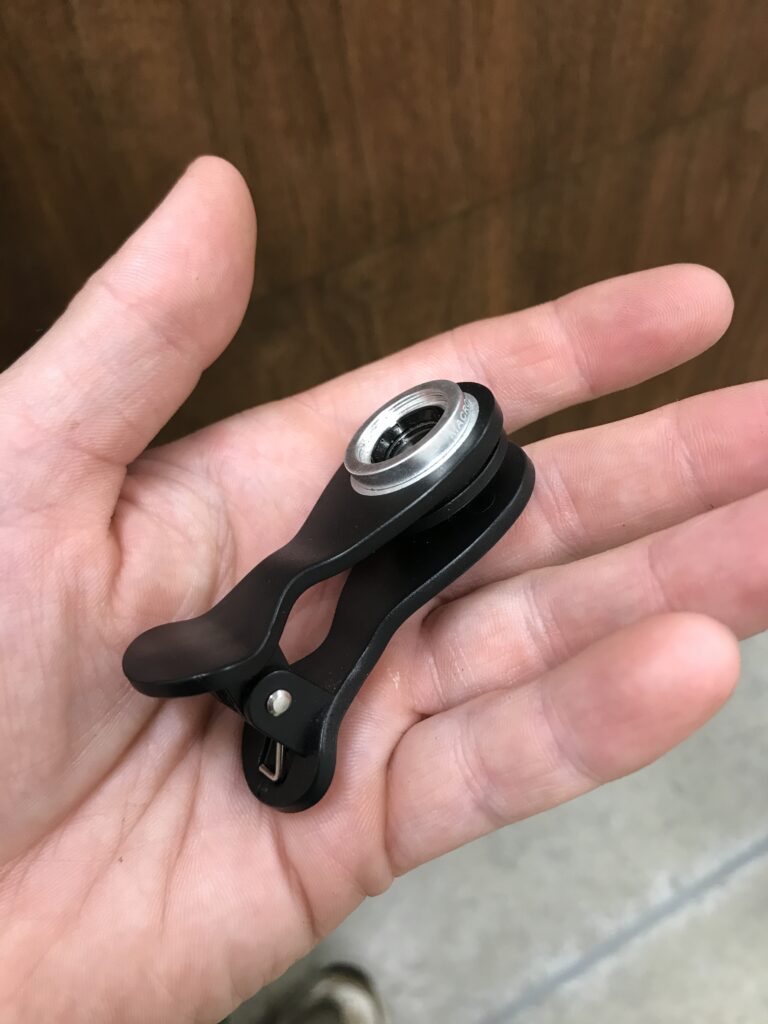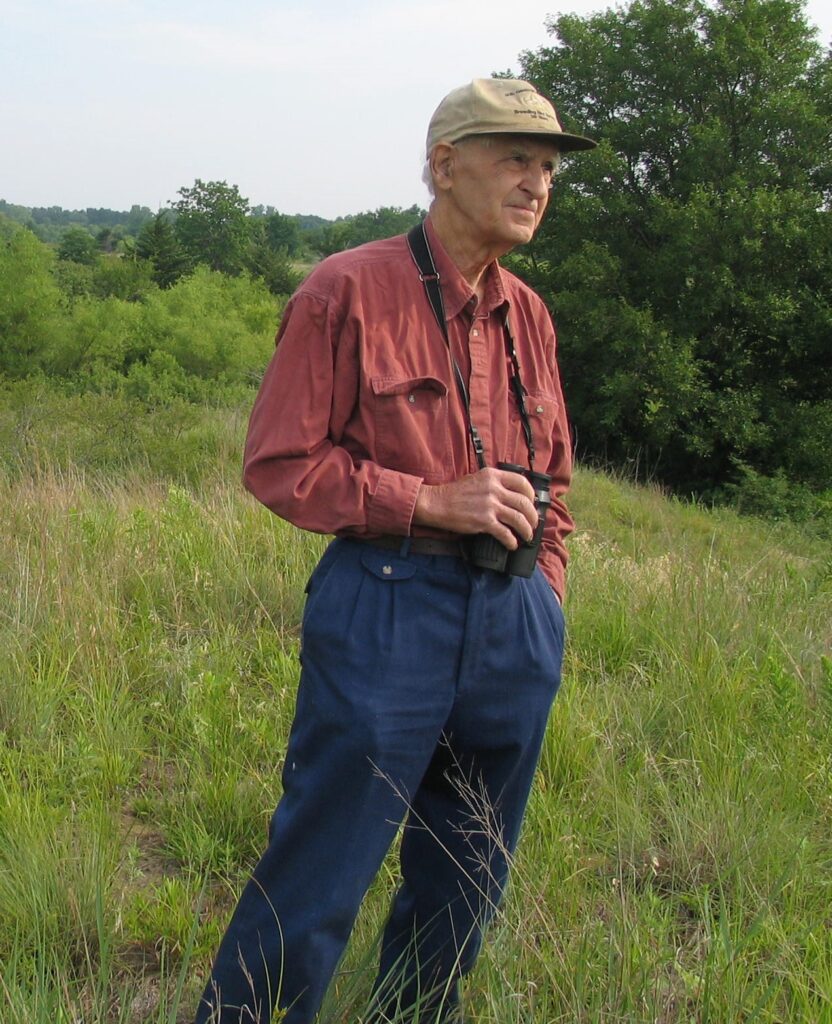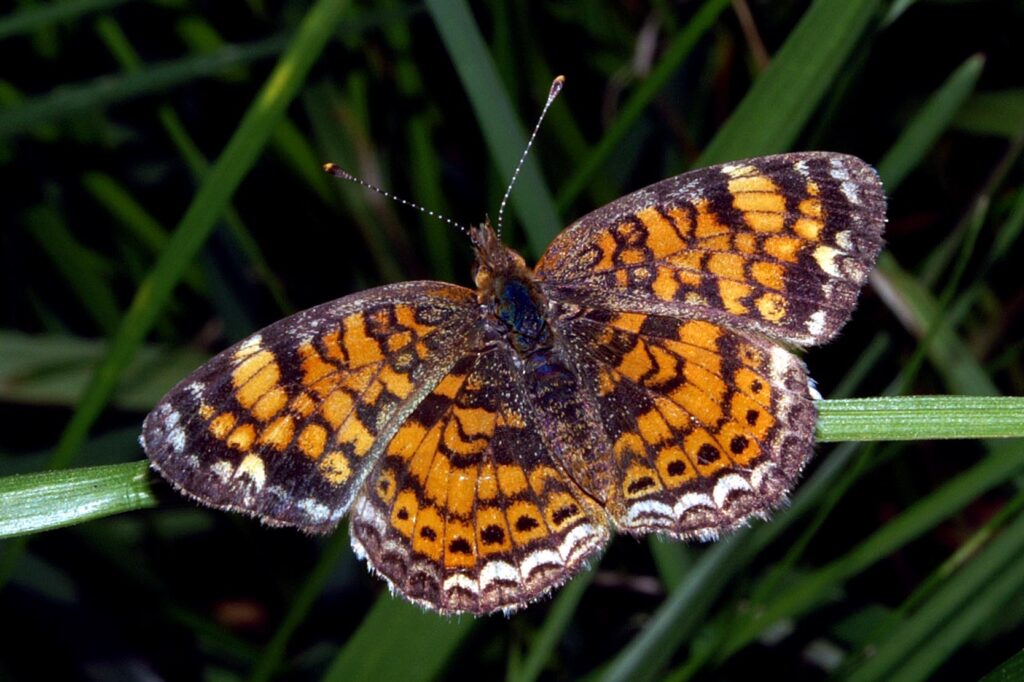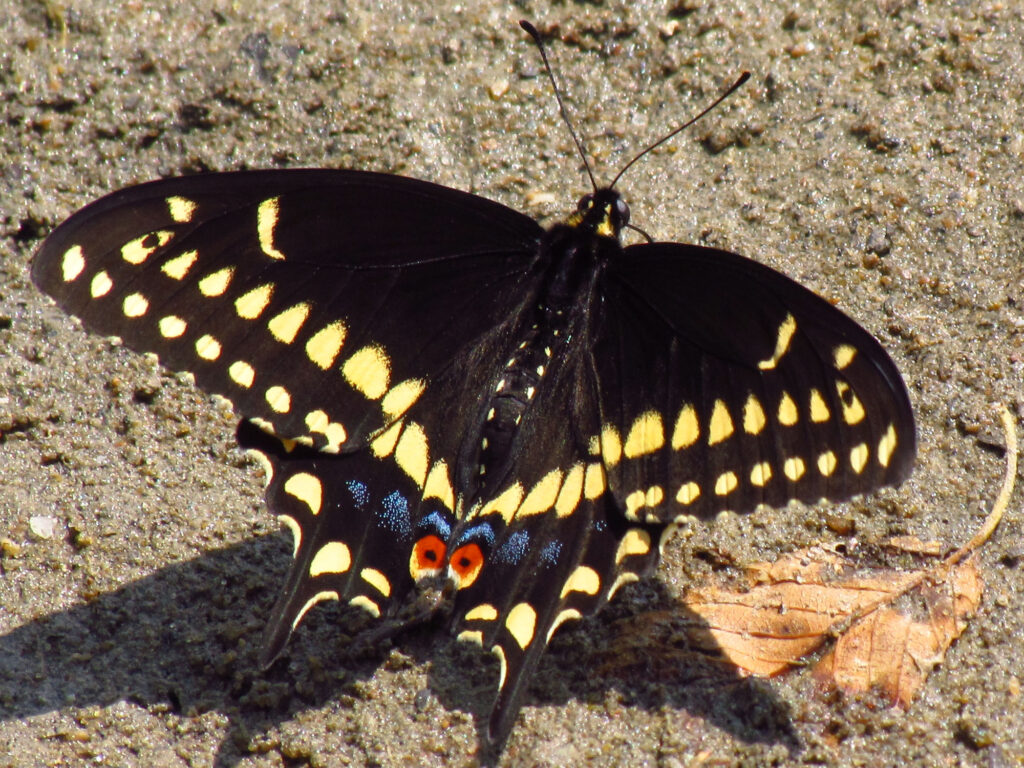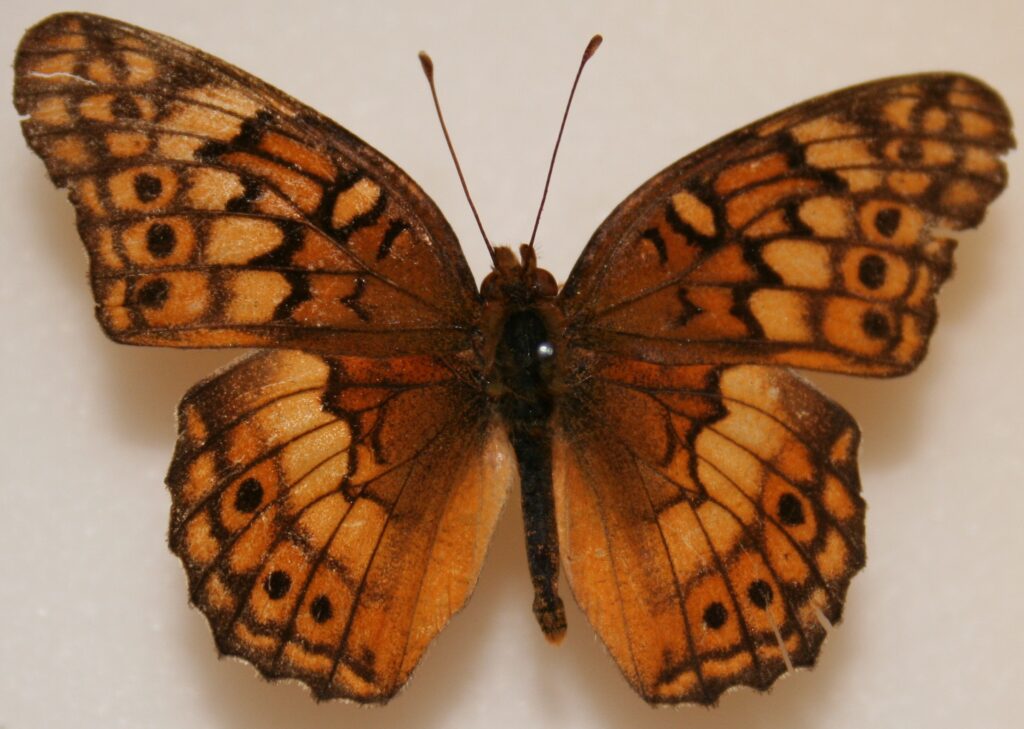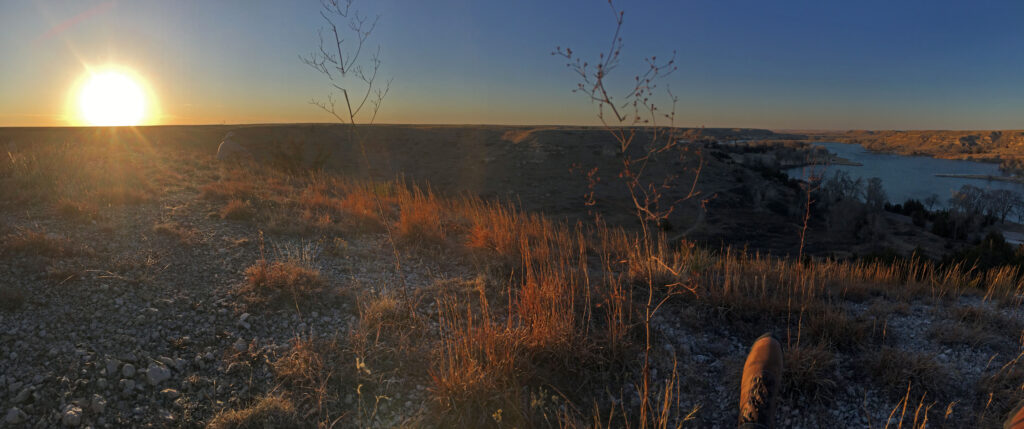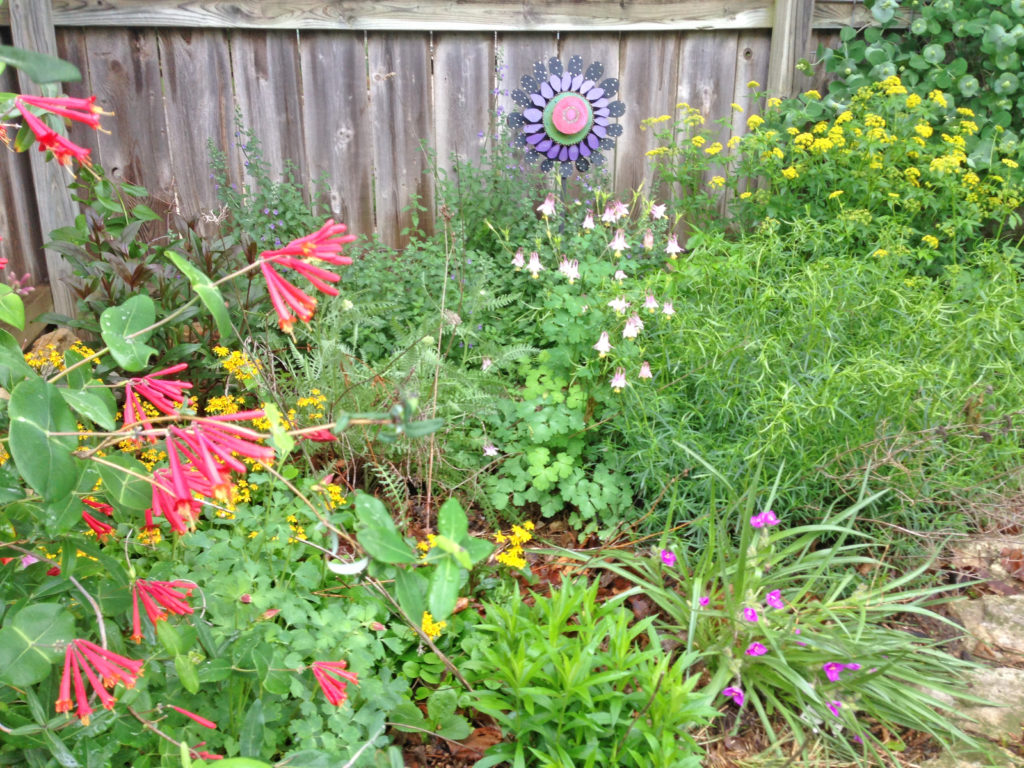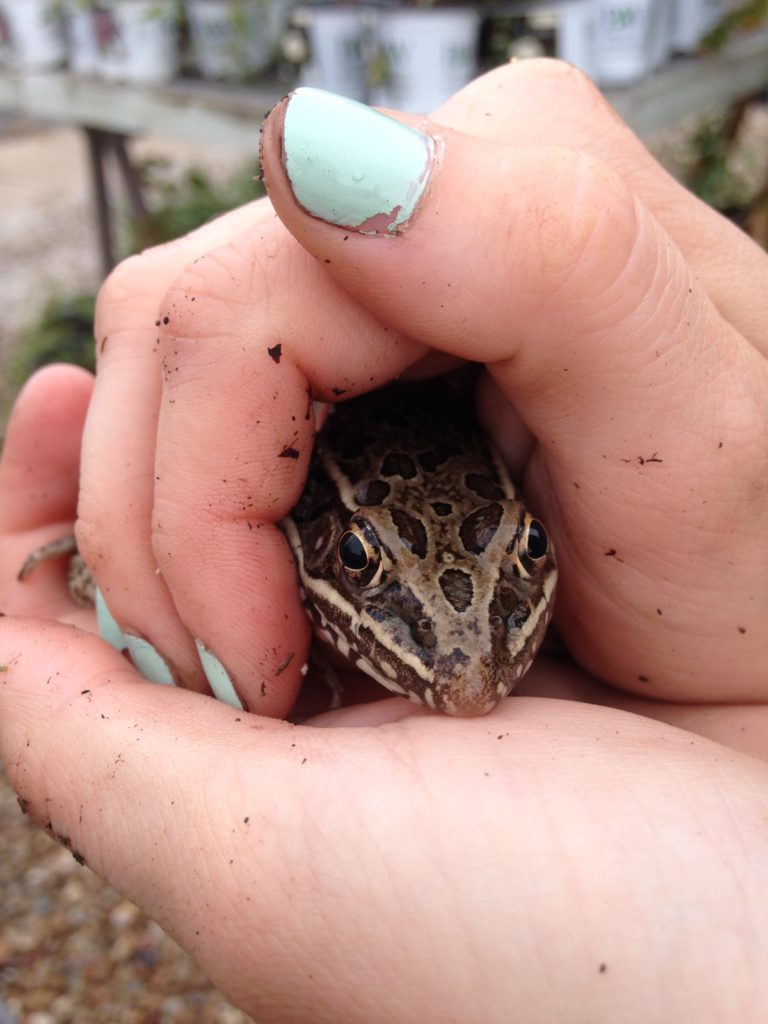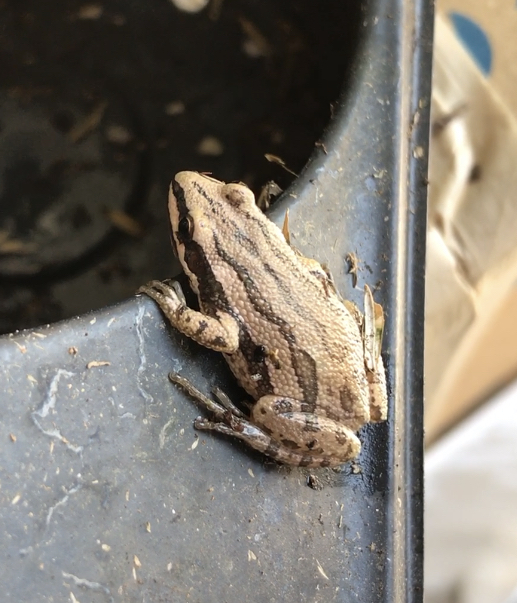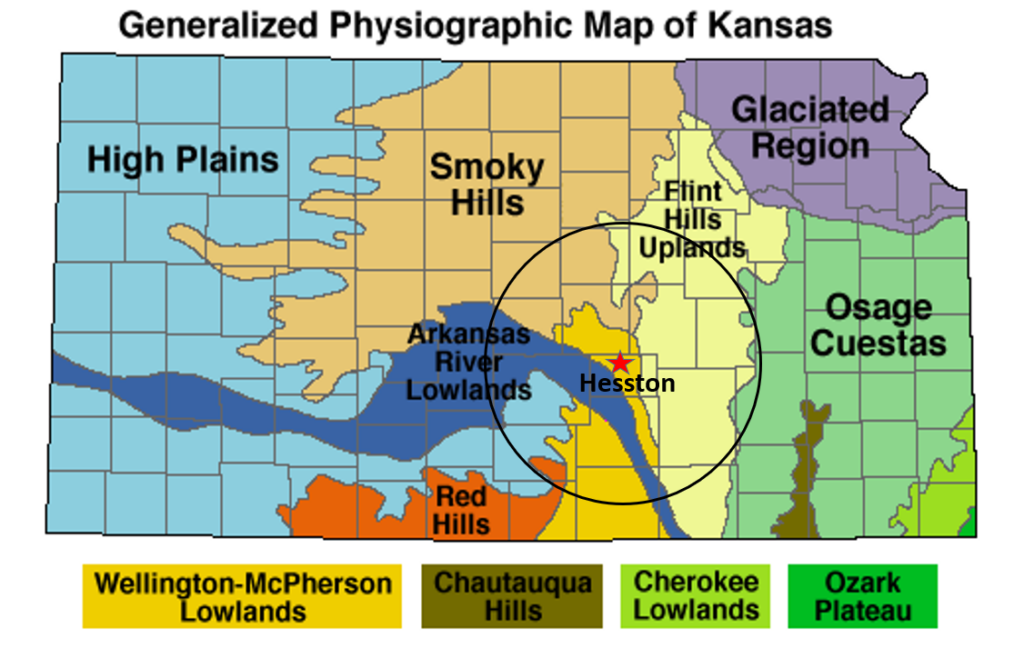The prairie and its Flint Hills environment at Chase State Fishing Lake (CSFL) provide serious inspiration for native landscaping. The CSFL vegetation, wildlife, substrate below, and the sky above collectively compose for me the most beloved and iconic landscape of native Kansas.
During my many past visits to CSFL, I have usually had an agenda that involved leading a tour group, collecting seed, or gathering butterfly data. I have never taken the opportunity to climb the bluff, sit in the prairie, listen to the grassland birds, observe butterflies and other pollinators, and watch the clouds go by. But I did just that on a recent Saturday in late June.

Pure Enjoyment
In addition to providing inspiration for native landscaping, visits to CSFL bring me pure enjoyment. During this recent visit, the steady breeze – with not a tree to stop it – was a reliable Kansas air conditioner. It kept me from thinking about the sweat-inducing effects of the hot sun. The puffy clouds overhead kept changing the light patterns and offered ever-fresh visual perspectives. In the midst of a surreal pandemic experience, when home and work routines are turned upside down and inside out, sitting on that prairie bluff was like visiting an old friend.

Desirable Wildflowers
The prairie wildflowers were plentiful during my visit thanks to a wet spring. The prairie plants we promote for the home landscape are in their native ecosystem here, with root systems that extend 10 to 15 feet into a matrix of limestone/flint/chert.

In addition to a stunning display of orange and red butterfly milkweed (Asclepias tuberosa), other flowering species included tuberous Indian plantain (Arnoglossum plantagineum), narrow-leaved milkweed (Asclepias stenophylla), smooth or Sullivant’s milkweed (Asclepias sullivantii), green milkweed (Asclepias viridiflora), serrate-leaf evening primrose (Calylophus serrulatus), white prairie-clover (Dalea candida), purple prairie clover (Dalea purpurea), Illinois tickclover (Desmodium illinoense), narrow-leaved coneflower (Echinacea angustifolia), narrow-leaf bluets (Hedyotis nigricans), catclaw sensitive briar (Mimosa quadrivalvis), and prairie coneflower (Ratibida columnifera). In your garden, these plants will attract monarch larvae (milkweeds) and other pollinators, fix nitrogen (legumes) and provide year-round visual interest.

Interesting Critters
The insects observed on flowers (including 17 butterfly species I noted) were plentiful. Spending time identifying and documenting insect diversity makes me want to see more of them in my landscape. Diversity of wildlife species is directly correlated to the diversity of plants in an ecosystem. Increase the diversity of flora and you will increase the diversity of fauna!

In her last blog post, colleague Katie talks about the fun of identifying insects (The Mystery of the Orange Bug). I can certainly relate to the fun of trying to solve mystery insects.
The caterpillar pictured below is a new one to me. One of the identification tools and bio-networking platforms I’d like to use more is iNaturalist. Click HERE to see a couple of photos and help me with identification of this unknown (to me) caterpillar. One follower of this thread suggested the correct ID to be a salt marsh moth. I would have a hard time arguing otherwise.

Butterfly Milkweed
If nothing else, spending time at CSFL in late June will inspire you to fill your landscape with butterfly milkweed. It is harder to grow the same remarkable eye candy of this favorite prairie plant in richer and less well-drained soils. But in spite of my 50% success rate (at best), I keep trying. Never before have I heard somebody say that a prairie reconstruction or garden has too much butterfly milkweed!

None of us will be able to completely recreate the open prairie of the Flint Hills in our urban landscapes. We can, however, take incremental steps in that direction with the plants we choose and the wildlife we attract. Visit Chase State Fishing Lake, absorb some if its good vibes, copy some of its elements with your plant selection choices, enjoy the wildlife viewing, and find new inspiration for native landscaping.
Click HERE for more of my thoughts about and photos from an earlier blog post about Chase State Fishing Lake.


